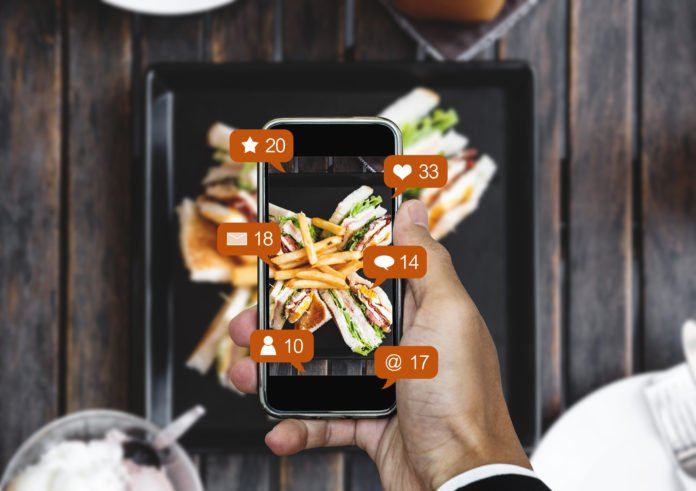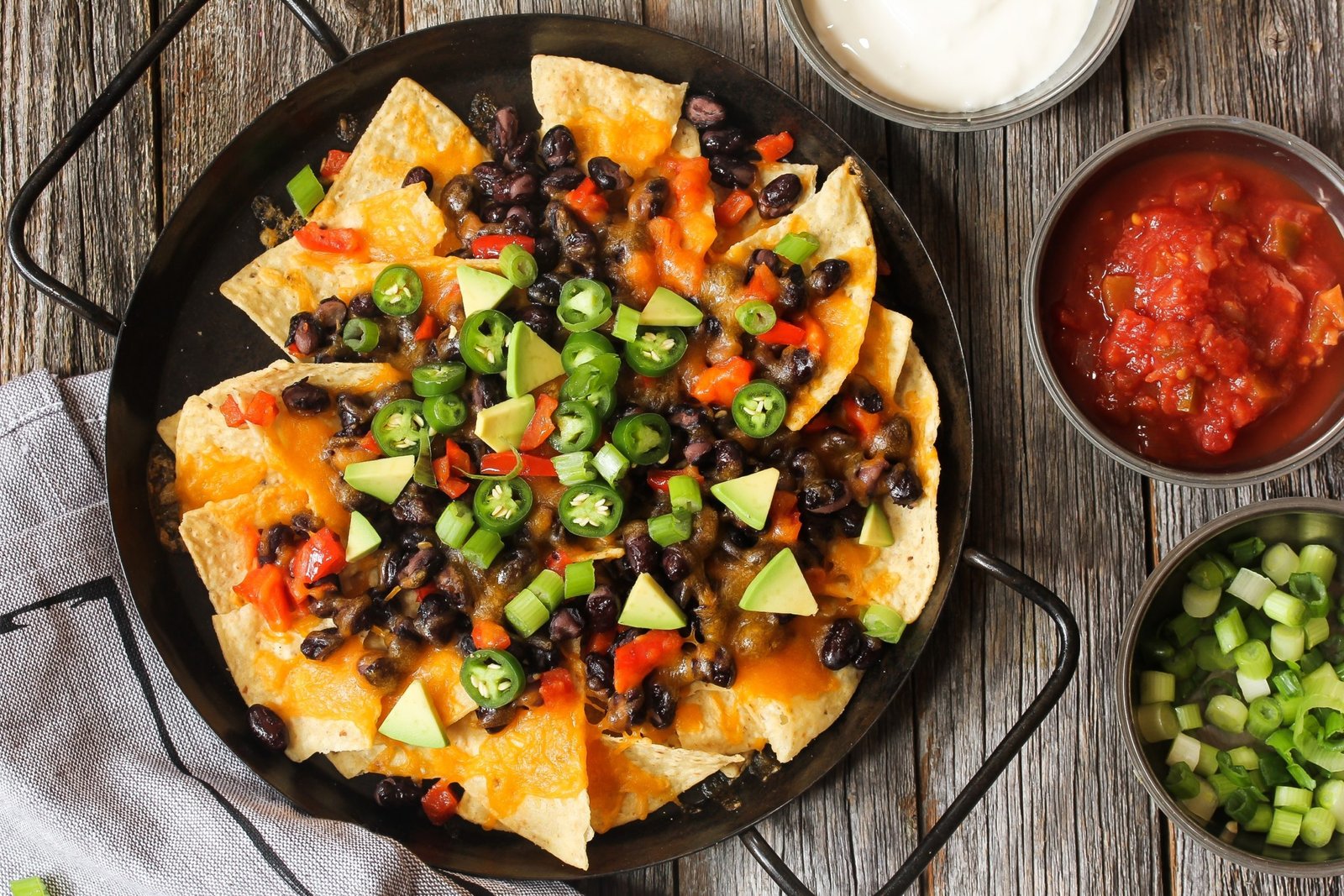
Are you looking to get tons of likes on social media every time you post pictures of food? Do you want your food photography to stand out in the industry? If you said ‘yes’ to either question, always remember that taking pictures of food is an art form. You can’t just snap a random photo of a stack of pancakes, hoping that the image will turn out good. So, here are three tips to help you take mouthwatering photos of food:
Start With The Plate
Note that food photography has become more accessible now than before, thanks to smartphones. But, it doesn’t mean you shouldn’t follow the correct smartphone photography tips for food pictures.

Many beginner food photographers make the mistake of fiddling with camera settings before ‘plating.’ Several cooks, chefs, and food enthusiasts use plating to describe the aesthetic composition of the food. Hence, randomly putting food on a plate will have the least chance of making your final image attractive.
So, start with the design of the food on the plate before choosing the right camera settings. Make sure that the main subject of the photo looks tasty in your eyes. Arrange the food by creating height, displaying the stuffing, or playing around with the different ingredients.
Imagine the final image as if you’re the target audience. If the plating doesn’t look irresistible, consider spending extra time arranging the ‘piece of art’ in front of you.
Also, don’t be shy to ask for help. Perhaps, you’re more into photography than preparing food. If so, request assistance from a chef, cook, or foodie you know.
Use Natural Light
Many photographers know that in order to take good photos, proper lighting is crucial. Images that are too dark or too bright may not be worthy of being shown to the public’s eyes.

Perhaps, you might find it tempting to use the built-in flash on your camera to add light to the photo. But, stay away from that feature, especially in food photography. Using built-in flash can make your photos appear washed out. The colors will look unnatural, creating unappetizing pictures of food.
For example, try to take a photo of sushi using your camera and the device’s built-in flash. Compare the image and the actual product; you should see a world of difference between the two objects you see, particularly about the color.
Instead, use natural light to help illuminate your food. Aim to position your main subject near a window to help brighten the food in the image. If you don’t have quick access to a nearby window or the sun isn’t cooperating that day, you can use other light sources instead.
You can use artificial light in your home or studio. But, ensure that the light’s color temperature denotes a natural feel. If you use light sources like a halogen lamp, you’re going to create an ugly orange or yellow color cast in the image.
Consider investing in photography equipment, such as studio lights, diffusers, and light stands. Also, when you’re shooting food images in a photography studio-like setting, ensure that all other lights are shut off. Excess lighting in the area can cause light bleeds, which may ruin the colors of the final output.
Showing unnatural colors in a food image won’t bode well in different scenarios. For instance, you might not get as many ‘likes’ on social media as intended once you post an unnatural-looking food photo. Moreover, if you’re starting a food business, you need natural-looking food images to ensure that customers receive the same product as shown in the photo.
Compose The Shot
After setting the scene, it’s time to use your camera to compose the image. Keep in mind that any photo can look different when shot at various angles.

Note that the human eyes naturally fall on specific intersection points in photographs. Several photographers, regardless of niche, capitalize on this aspect as they use gridlines to help them compose each shot.
One relatively popular grid type used by many food photographers is the ‘rule of thirds.’ Several cameras have this feature and activating it will make a 3×3 grid appear on the camera’s viewfinder or smartphone screen.
A misconception of this guideline is to include three different items in the frame to create interest. But, you can still use the rule of thirds to highlight one subject.
To use this technique, ensure that the main point of interest in the photo lands on intersection points. Moreover, you don’t need to fill the entire frame with your main subject. Instead, leave at least three boxes empty to pose as negative spaces in the frame.
Always keep in mind that proper composition may help make an unappetizing-looking food look mouthwatering in the photo. Fine-tune the composition as many times as you need to take the perfect shot.
Conclusion
Plating and lighting can make or break food pictures. Also, the composition can help make the food images more appealing and mouthwatering to your viewers’ eyes. Follow the three tips mentioned in this article, and you should be well on your way to becoming a successful food photographer.






















